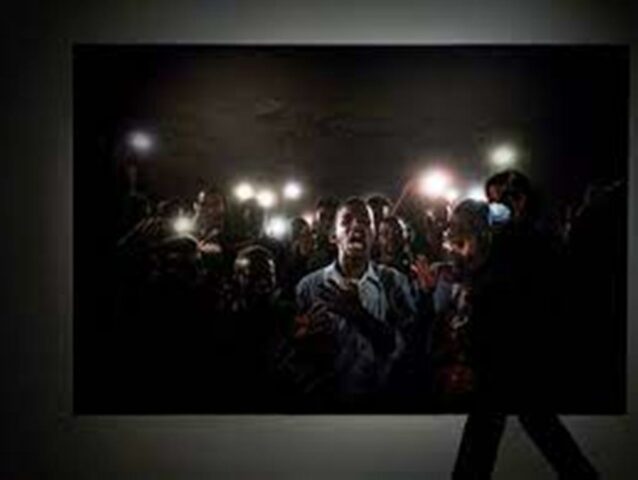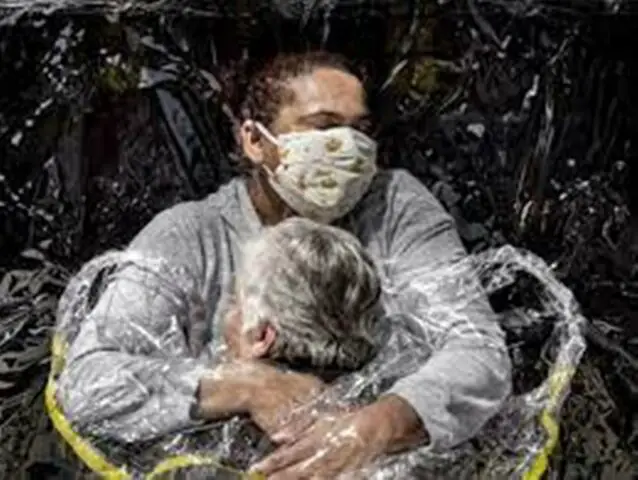The memory of the indigenous minors killed in one of the open institutions in Kamloops, British Columbia (Canada), is the Photo of the Year of the 2022 World Press Photo contest. Signed by Amber Bracken for The New York Times, it shows a row of crosses planted on the edge of a path from which reddish dresses hang. They form a kind of informal cemetery, but of enormous moral and visual weight, in memory of the discovery of 215 unnamed children’s graves in that locality.

In the educational center, the assimilation of some children forcibly separated from their families was imposed, who were then mistreated by the Canadian authorities. It is the first non-portrait photo of people to win the award in its 67-year history.
A moment of reckoning on a global scale
Amber Bracken is Canadian and the fifth winner of the Photo of the Year award, and has said that colonial history is not something of the past, but that “it is alive and the survivors still suffer from it”. For her part, the president of the jury, Rena Effendi, an independent photographer born in Azerbaijan, pointed out that the image reflects “a moment of reckoning on a global scale due to the history of colonization, not only in Canada, but in the world”.
Earlier this April, Pope Francis told a group of 200 indigenous Canadians at the Vatican that he felt “pain and shame for the role played by Catholics in the abuses you have suffered.” He also lamented “the lack of respect for your identity.”
Open from the 19th century, the centers were part of a network of boarding schools designed to educate indigenous children. Founded by the Government of Canada and managed by Christian churches, in practice, minors were separated from their parents and communities and assimilated into the official culture.

Although the total number of institutions is not clear, it is estimated that some 150,000 minors passed through there. At least 4,100 died due to mistreatment, neglect, disease, abuse, malnutrition or accidents. In 2008, then Canadian Prime Minister Stephen Harper apologized on behalf of the Executive. Last year, thousands of anonymous graves were discovered on the grounds of former centers, like the one now remembered by the winning photo.
Other awards
The World Press Photo contest has also awarded prizes in other categories. In Graphic Story of the Year, Matthew Abbott has won with a report on the controlled burning of bushes by the indigenous peoples of Australia. Entitled Saving the forest with fire, they do it to avoid large fires such as those declared in the hot months of the year. National Geographic/Panos Pictures magazine has published the work of Abbott, who lives in the Australian city of Sydney.
The photographer has indicated that he witnessed this strategic burning for the first time in 2008, and has wanted to reflect its worth in preserving the environment. The jury points out that the photos make up “a narration so well linked that they cannot be separated from each other”.
The Brazilian Lalo de Almeida has received the Long-Term Project award for Amazon Dystopia. It is a panorama that covers 12 years of wear and tear on the jungle due to deforestation, mining and the exploitation of natural resources. Published by Folha da São Paulo/Panos Pictures, its author warns that “the environment cannot be separated from social issues: poverty, violence and degradation of the environment and deforestation go together.” The jury’s ruling highlights that this report “uncovers the disastrous result of the exploitation of the land.”
bann

